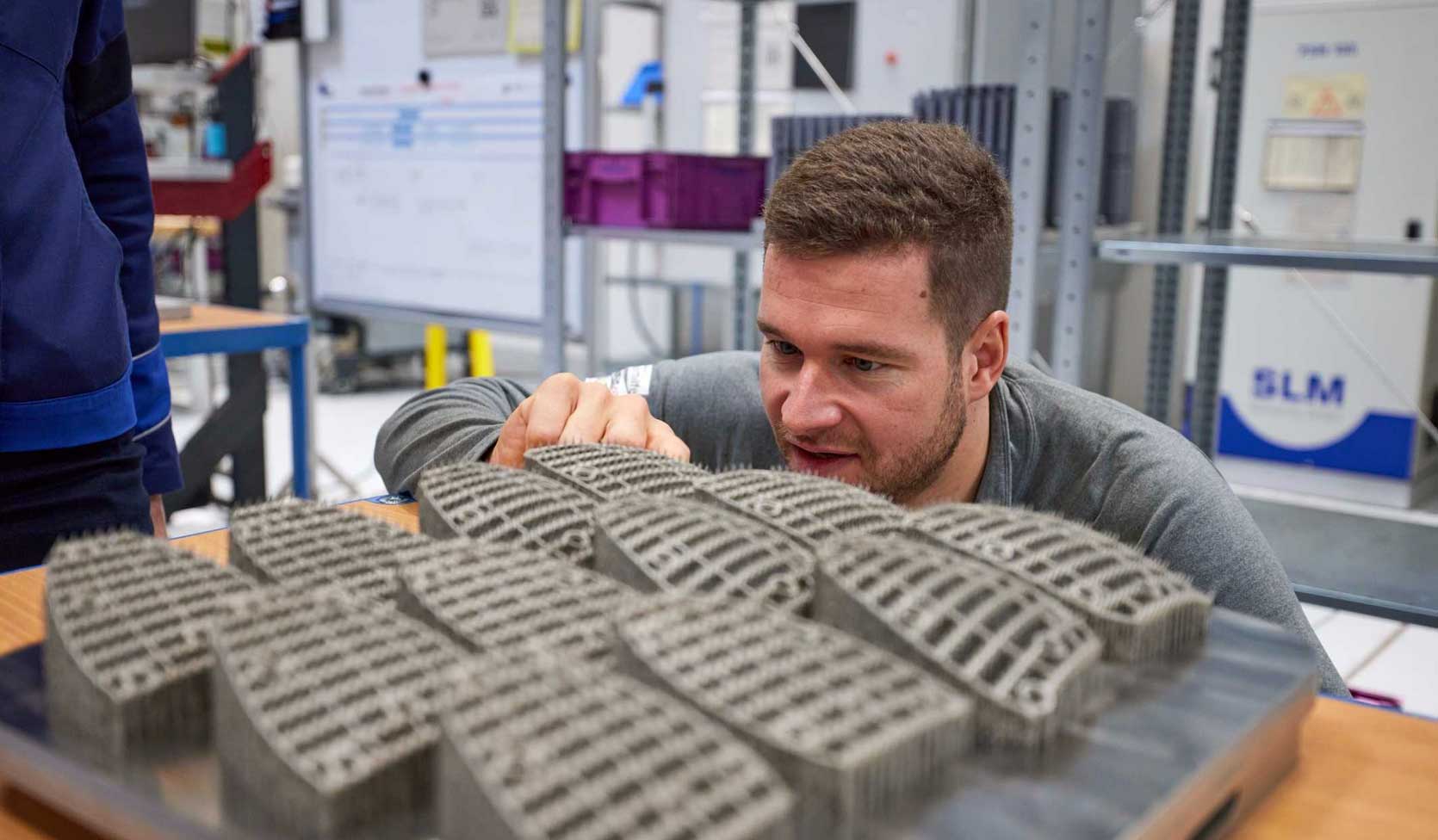BMW is the technology partner of the German Bobsleigh, Luge and Skeleton Federation. BMW uses 3D printing technology from the automotive industry to develop customized spike plates.
Conventional bobsleigh boots have permanently mounted nails in the toe area that cannot be replaced or moved, which severely limits their service life. BMW and the BSD have now developed a solution based on athletics shoes. This uses threads for screw-in spikes to attach spike plates on which the spike nails can be distributed almost indefinitely. This not only enables individual adaptation to the athletes’ running style and needs, but also optimizes power transmission to the ice, resulting in better acceleration.
The BMW Group Additive Manufacturing Center uses its extensive experience in 3D printing to efficiently produce customized spike plates. By using plastics and metals in production, a variety of components can be produced without the need for tools or molds.
“We have been using 3D printing to make components for prototypes, customised one-offs, as well as for series production for more than 30 years,” said Claudia Rackl, BMW Group Additive Manufacturing Projects & Qualification. “The major advantages of 3D printing are the time and cost savings as well as a high degree of flexibility. This allows us to quickly manufacture, test and efficiently optimise different variants.”
The individual geometry of the spike plates is developed using software and automatically adapted to the topography of the individual shoes, which were previously captured by a 3D scanner. The plates are then printed layer by layer from the corresponding metal powder using laser welding.
Various alloys and geometries are currently being tested in order to achieve the optimum result. Once defined, the software can automatically adapt the design of the spike plate to any type of shoe, any shoe size and any number of attachment points on the sole of the shoe. Special spike plates for the individual requirements of the athletes or different weather and ice conditions can therefore be realized.
“We tested the spike plates in the World Cup and received a lot of positive feedback from the athletes,” said bobsleigh head coach René Spies. “Nevertheless, a few tweaks are still necessary here and there, but we expect to have the perfect shoes to compete in by the 2026 Olympic Winter Games at the latest.”
This development represents significant progress in the sport of bobsleigh, not only improving athletes’ performance with customized equipment, but also paving the way for innovative applications of 3D printing technologies in other sports.
Subscribe to our Newsletter
3DPresso is a weekly newsletter that links to the most exciting global stories from the 3D printing and additive manufacturing industry.






















